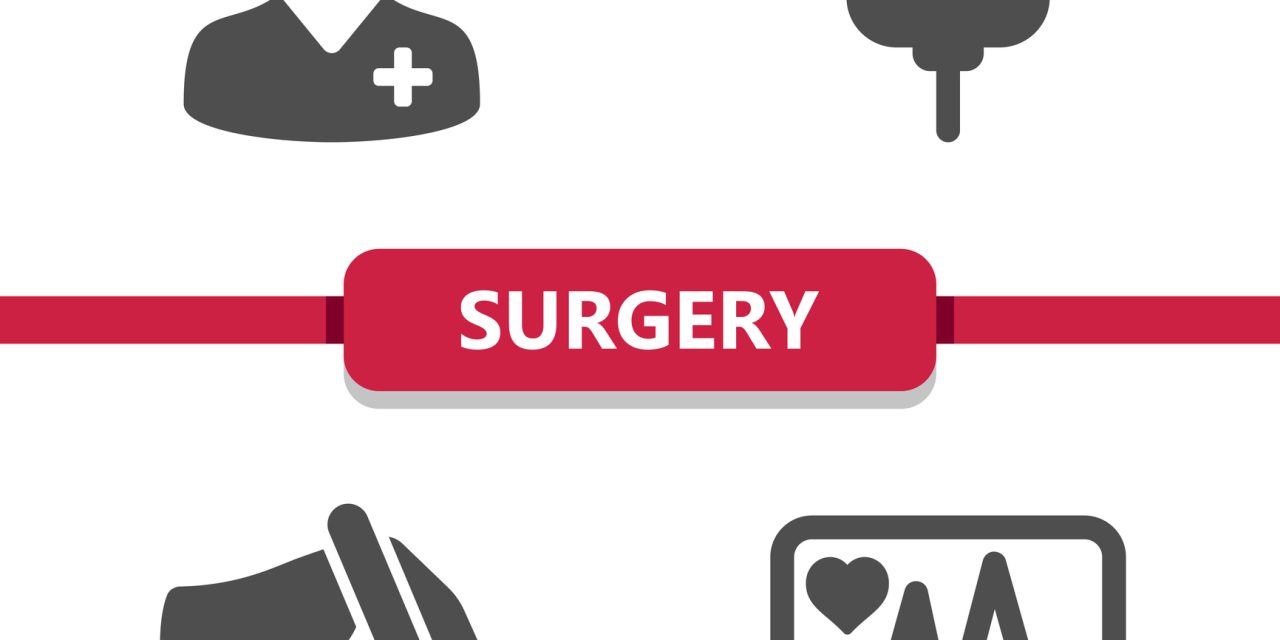To evaluate the management and oncological outcomes of rectal cancer patients with local regrowth in a watch-and-wait (W&W) program.
Approximately 15%-30% of patients with a clinical complete response after (chemo) radiotherapy who undergo a W&W policy will experience a local regrowth. The risks of these local regrowths have not yet been fully established and main concerns include high postoperative morbidity, requirement of advanced surgery, and pelvic recurrence after regrowth treatment.
All patients with a local regrowth after an initial W&W approach between January 2005 and March 2018 were retrospectively identified from 2 cohorts of rectal cancer patients with a clinical complete response after (chemo) radiotherapy. Type and outcome of regrowth treatment were assessed. Oncological outcome was assessed using Kaplan-Meier estimates.
Eighty-nine out of 385 patients developed a local regrowth after a median of 9 (interquartile range 7-14) months. Median follow-up time was 28 (interquartile range 19-41) months. Eighty-four (94%) patients underwent surgical treatment of the local regrowth: total mesorectal excision was performed in 58 out of 84 (69%) patients and local excision was performed in 26 (31%) patients. The 2-year local recurrence-free rate, distant metastasis-free rate, disease-free survival, and overall survival in the patients undergoing surgical treatment were 97.8%, 91.8%, 90.3%, and 98.4%, respectively.
The vast majority (97%) of patients with regrowth after a W&W policy were able to undergo treatment with curative intent for local regrowth. Uncontrolled pelvic disease was very rare.
Management and Outcome of Local Regrowths in a Watch-and-wait Prospective Cohort for Complete Responses in Rectal Cancer.


